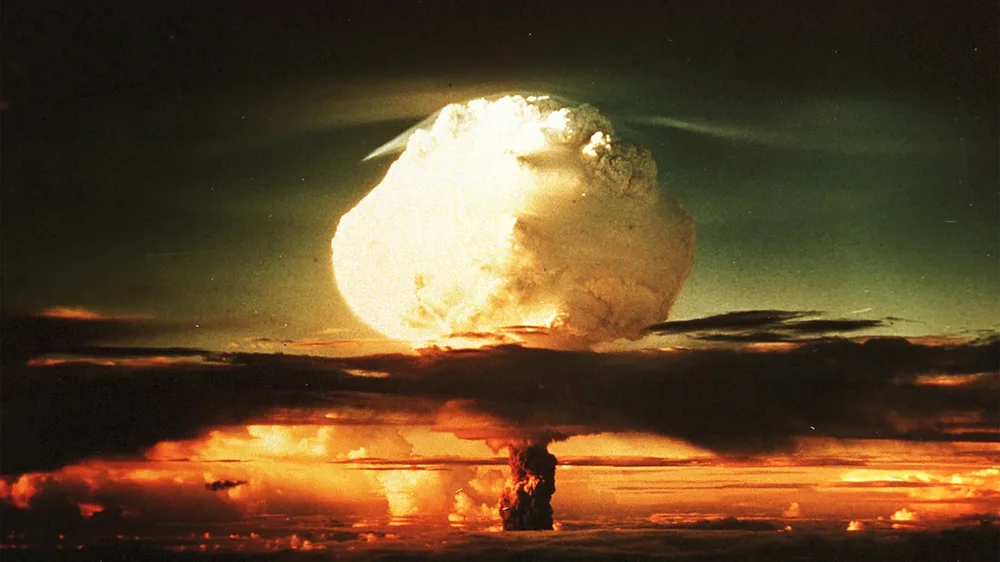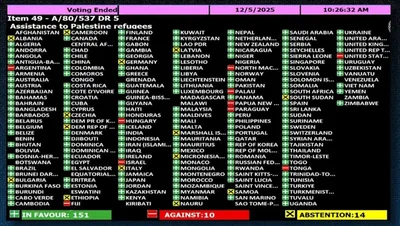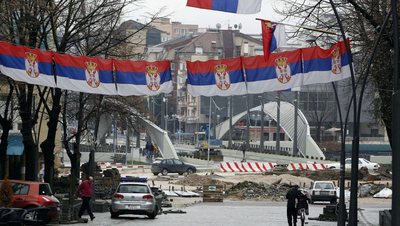
It's been 80 years since the first nuclear test – codenamed "Trinity" – was conducted over the New Mexico desert. But the secret legacy of nuclear weapons testing is still in our cells today – and it's proving incredibly useful to science.
It's in our teeth, our eyes, and our brains. Scientists call it a "spike bomb" or "pulse bomb" - a mark that has remained inside the human body for more than half a century.
On July 16, 1945, Manhattan Project scientists detonated the first nuclear weapon in New Mexico. The 18.6-kiloton blast lit up the sky and unleashed a devastating heat wave, while radioactive clouds spread over thousands of square kilometers. This was just the beginning of the atomic age.
In the 1950s, the large number of nuclear explosions above the earth changed the chemical composition of the atmosphere – permanently affecting the oceans, sediments, stalactites and living life.
Unlike direct radiation, the “spike bomb” is not harmful. On the contrary, it has proven useful for science: it helps forensic experts determine when a person was born or died, reveals the age of brain neurons, traces the origin of smuggled fauna, determines the year of wines and has even served to measure the age of sharks that are hundreds of years old.
In 2023, a group of Earth scientists suggested that the presence of this marker in a Canadian lake – along with other traces of human activity in the 20th century – should serve as the official beginning of a new geological era, called the Anthropocene.
But what exactly is this phenomenon? Before the 1963 Nuclear Test Ban Treaty, which forced countries to conduct testing only underground, over 500 nuclear explosions in the air, mainly by the US and Russia, scattered radioactive material around the world. In addition to the devastating consequences for people and nature, the explosions also created a new form of radioactive carbon – carbon-14. By the 1960s, the level of this isotope in the atmosphere had doubled compared to the pre-nuclear period. It entered water, sediments, vegetation and passed through the food chain to humans – reaching organisms found in the deepest parts of the ocean.
“In short, every carbon reservoir on Earth that has exchanged CO₂ with the atmosphere since the late 1950s has been ‘tagged’ by the carbon-14 of the bombs,” writes Walter Kutschera of the University of Vienna, who published a review of the scientific uses of this phenomenon in the journal Radiocarbon in 2022.






















